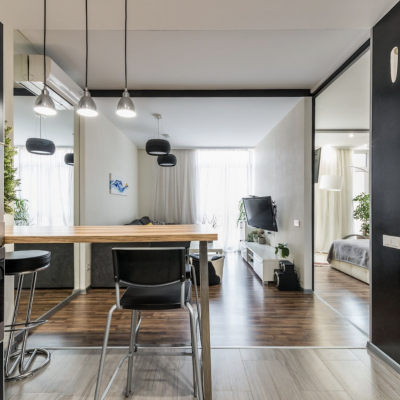Late in 2012, Pete Cashmore of Mashable heralded the advent of 2013 as “the year of responsive web design”. Indeed, in a world in which tablets and smart phones are becoming increasingly affordable and accessible, this seems to be making perfect sense. Mashable itself updated the look of the website, in order to make it better suited to respond to the needs of their large-screen mobile device users. However, the situation doesn’t seem to hold true across the board. Yes, smart phones and tablets have arrived and they are here to stay, but not all mobile users have such devices. What’s more, not all websites want to cater to the same user needs when they are accessed via mobile. Proof for this stand 13 of the UK’s top 20 retailers, which have adopted an altogether different version for mobile users. What’s more 73 per cent of the US’s top 100,000 sites redirect to mobile specific URLs through URL redirect. There are three major options when it comes to designing a mobile website: RWD, mobile-friendly and mobile URL.
The main question to start from, when you consider approaching a SEO agency for putting together a mobile website, is what the end-user wants to see. Once you know the answer to that question, you’ll be able to approach the issue holistically – and the first step in such a process is to work out the way you will be structuring the information. To this end, consider the following questions.
- What are the users’ needs and aims when visiting a mobile version of your site?
To answer this, you need to closely peer over your Google Analytics stats. How are users accessing your mobile site? What are their patterns? What pages receive the most traffic via mobile? Which pages have a high bounce rate? Check out the keywords they search for, too, as this will be your best tip, in terms of information architecture. A word of advice, however: when looking at the Mobile & Tablet segments on Google Analytics, make sure to exclude devices with larger screens (generally anything over 700px by whatever), since such devices can and should be looking at the desktop version.
- How do you plan on addressing the users’ needs via design?
Perhaps one of the best examples in this respect relates to the fact that mobile devices are, well, mobile – which means that people will use them while on the go, in order to find out information right there and then. For instance, while the ‘Store Locator’ function of a business’s desktop website might not be that prominent on the desktop version, but it definitely needs to stand out in the mobile version. This is especially because it can be employed in conjunction with GeoLocation, in order to show the user where the closest stores are.
- How do you plan on approaching tablet users?
Currently, Google and other authorities in the field of website design recommend using the desktop version for tablets. Desktop sites need to be tested for touchscreen responsiveness, but, otherwise, a mobile version risks alienating users of tablets, whose graphic abilities are much higher than those of smart phones. An upcoming trend is to design a third, tablet-specific site, whose domain name will be preceded by ‘t.’.




